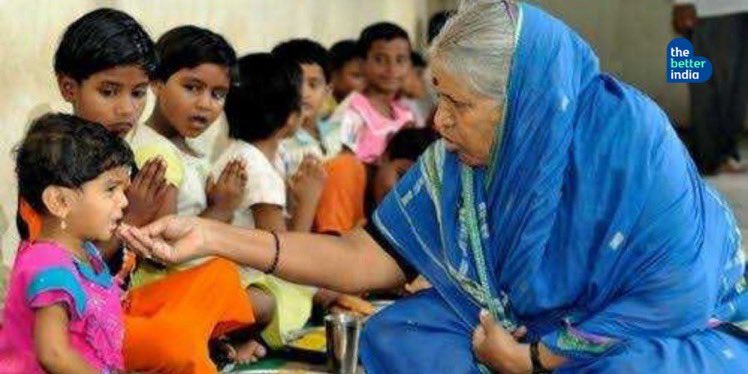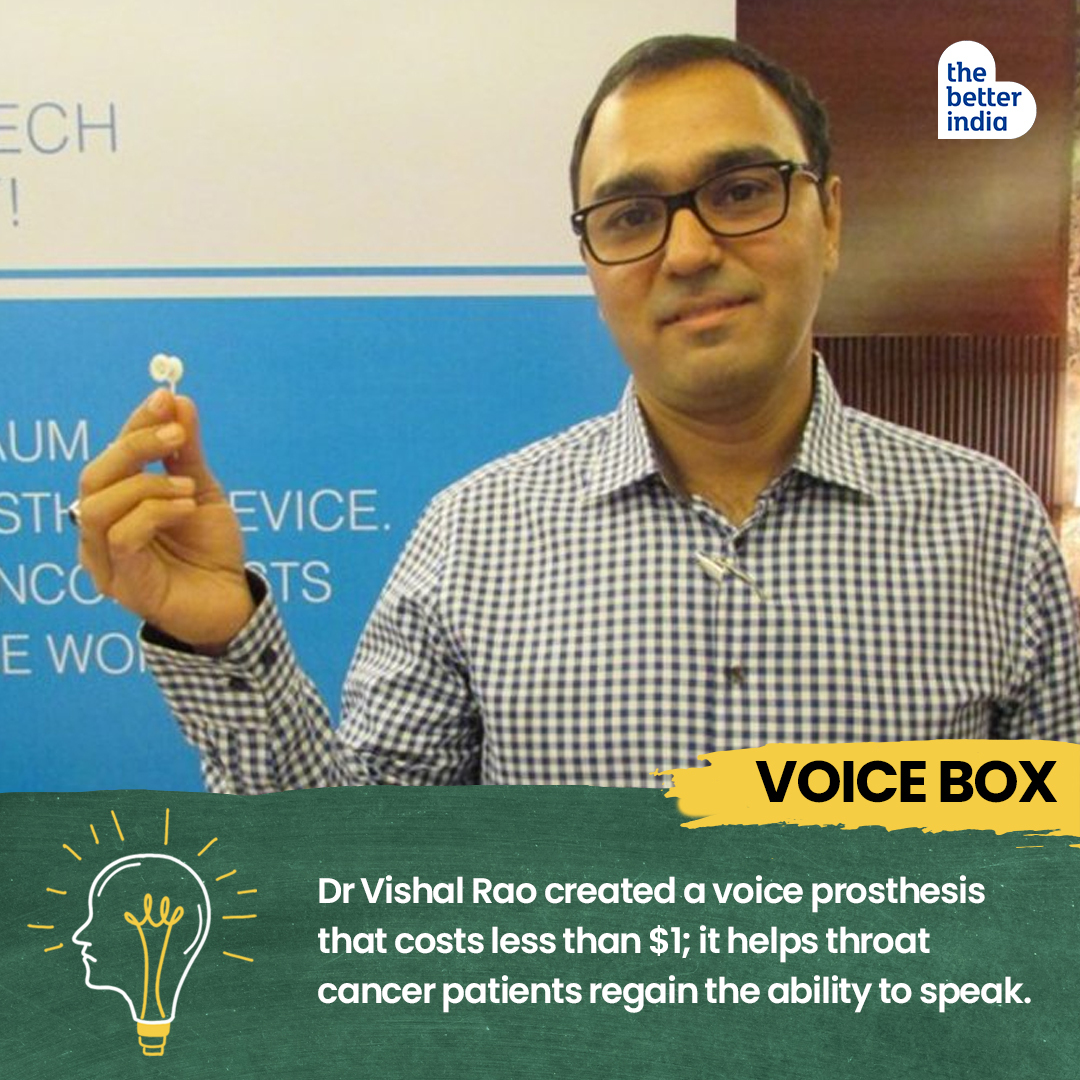
#PadmaShri #HeroesOfHumanity
At the age of 20, Sindhutai was left for the dead by her husband with a 17-day old girl child who she had given birth to in a cow shed. She walked to her parents’ house for shelter, but her family turned her away.
At the age of 20, Sindhutai was left for the dead by her husband with a 17-day old girl child who she had given birth to in a cow shed. She walked to her parents’ house for shelter, but her family turned her away.

With nowhere else to go and a baby to feed, Sindhutai started begging in trains and on the streets in order to survive. Fearing for her safety and that of her daughter, she spent her nights in cemeteries and cowsheds.
It was during these difficult times that Sindhutai began spending time with orphaned children and realized how difficult life was for them. She adopted a dozen orphans and took on the responsibility of keeping them clothed and fed, even if it meant begging for longer hours.
As time went by, she kept adopting more children and worked extremely hard to fulfill her duties as a mother. To care for so many children wasn’t easy, but their smiles made it all worth it.
Years of hard work and help from her many well-wishers enabled Sindhutai to set up numerous organizations across Maharashtra which provide education and shelter to thousands of orphans
Today, many of her children are serving the society as doctors, lawyers, and teachers, changing lives and bringing smiles on people’s faces just like their mother.
For her exemplary work, Sindhutai as received more than 270 awards, including the Padma Shri.
• • •
Missing some Tweet in this thread? You can try to
force a refresh


















